 An estimated 30 million people, or 11.2% of the U.S. population, used an illicit drug in the past month, according to the latest data from the National Survey on Drug Use and Health (NSDUH). As our country faces an opioid crisis and states continue to legalize marijuana, it is no surprise that marijuana and opioids topped the list as the two most popular drugs.
An estimated 30 million people, or 11.2% of the U.S. population, used an illicit drug in the past month, according to the latest data from the National Survey on Drug Use and Health (NSDUH). As our country faces an opioid crisis and states continue to legalize marijuana, it is no surprise that marijuana and opioids topped the list as the two most popular drugs.
Sponsored by the Substance Abuse and Mental Health Services Administration, NSDUH is an annual survey of self-reported drug use by Americans aged 12 years old or older. The survey gathers information on 10 categories of illicit drugs, which include marijuana, cocaine, heroin, hallucinogens, inhalants, methamphetamine, prescription pain relievers, tranquilizers, stimulants, and sedatives.
The survey is considered by many to be the definitive source for national estimates of rates of use, numbers of users, and other measures related to illicit drugs, alcohol, and tobacco products in our society. Its insights build awareness of substance abuse issues and help to analyze patterns and trends in the United States. Some key points from the most recent data for Americans aged 12 or older include:
- Approximately 26 million people were current marijuana users and 3.2 million were current misusers of prescription pain relievers
- An estimated 11.4 million people misused opioids in the past year which includes both pain relievers and heroin
- Hydrocodone was the most commonly misused subtype of prescription pain reliever
- Six out of 10 people said they misused pain relievers to alleviate physical pain (62.6%)
- One million people tried cocaine for the first time in 2017, equating to 2,800 new users per day
- Approximately 774,000 people were current methamphetamine users
- More than 140 million Americans were current alcohol users with 16.7 million drinking heavily (meaning drinking on 5 or more days in the past 30 days
- Approximately 19.7 million people reported having a substance use disorder related to alcohol or illicit drug use.
- Marijuana comprised the most common substance use disorder, impacting an estimated 4.1 million people.
- One in seven people, or 20.7 million Americans, needed substance use treatment in 2017.
As data from the NSDUH examines self-reported drug use, the Quest Diagnostics Drug Testing Index™ for the same time period also showed that drug use in the American workforce remained at its highest rate in more than a decade. Overall positivity was fueled by cocaine and methamphetamine as well as an uptick of marijuana positivity rates in states that have enacted recreational marijuana use statutes since 2016.
Download the full National Survey on Drug Use and Health 2017 report.
For more information about drug testing, visit our website.
 Your Privacy Choices
|
Privacy Notices
|
Terms
|
Language Assistance / Non-Discrimination Notice | Asistencia de Idiomas / Aviso de no Discriminación | 語言協助 / 不䈚視通知
Your Privacy Choices
|
Privacy Notices
|
Terms
|
Language Assistance / Non-Discrimination Notice | Asistencia de Idiomas / Aviso de no Discriminación | 語言協助 / 不䈚視通知




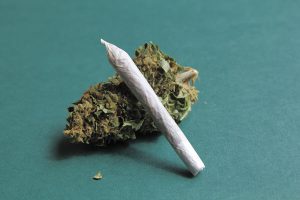


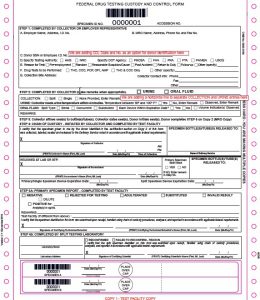
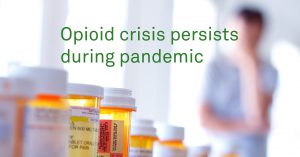

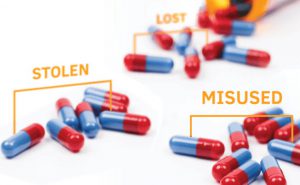


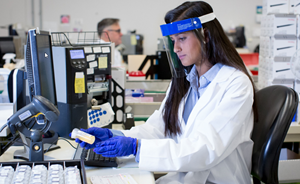





Sponsored by the Substance Abuse and Mental Health Services Administration, NSDUH is an annual survey of self-reported drug use by Americans aged 12 years old or older. The survey gathers information on 10 categories of illicit drugs, which include marijuana, cocaine, heroin, hallucinogens, inhalants, methamphetamine, prescription pain relievers, tranquilizers, stimulants, and sedatives.
The survey is considered by many to be the definitive source for national estimates of rates of use, numbers of users, and other measures related to illicit drugs, alcohol, and tobacco products in our society. Its insights build awareness of substance abuse issues and help to analyze patterns and trends in the United States. Some key points from the most recent data for Americans aged 12 or older include:
As data from the NSDUH examines self-reported drug use, the Quest Diagnostics Drug Testing Index™ for the same time period also showed that drug use in the American workforce remained at its highest rate in more than a decade. Overall positivity was fueled by cocaine and methamphetamine as well as an uptick of marijuana positivity rates in states that have enacted recreational marijuana use statutes since 2016.
Download the full National Survey on Drug Use and Health 2017 report.
For more information about drug testing, visit our website.